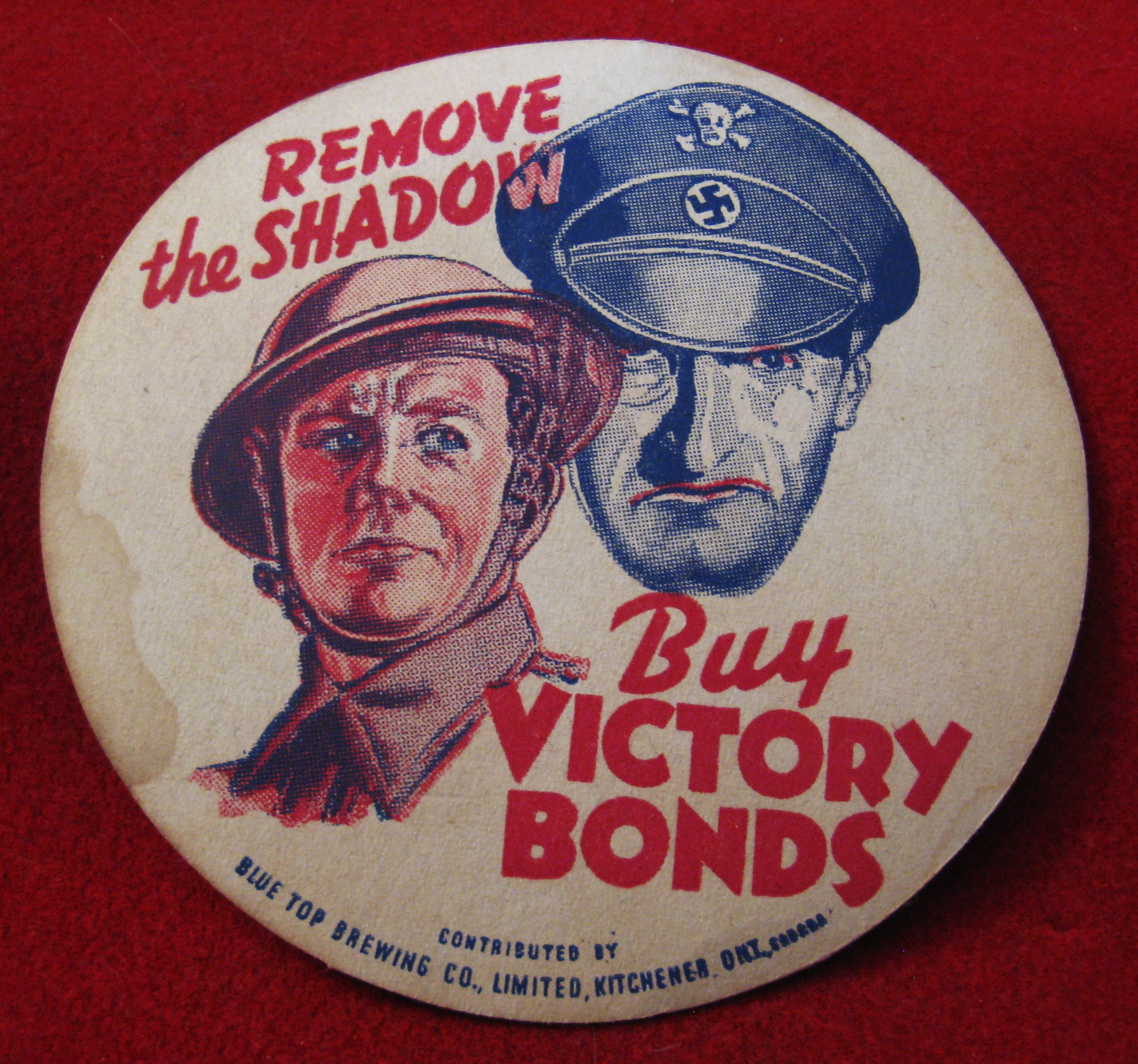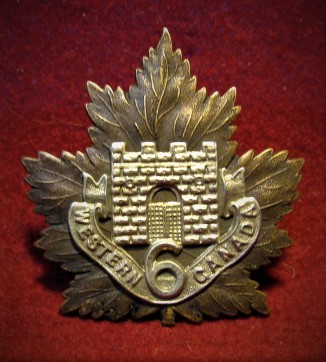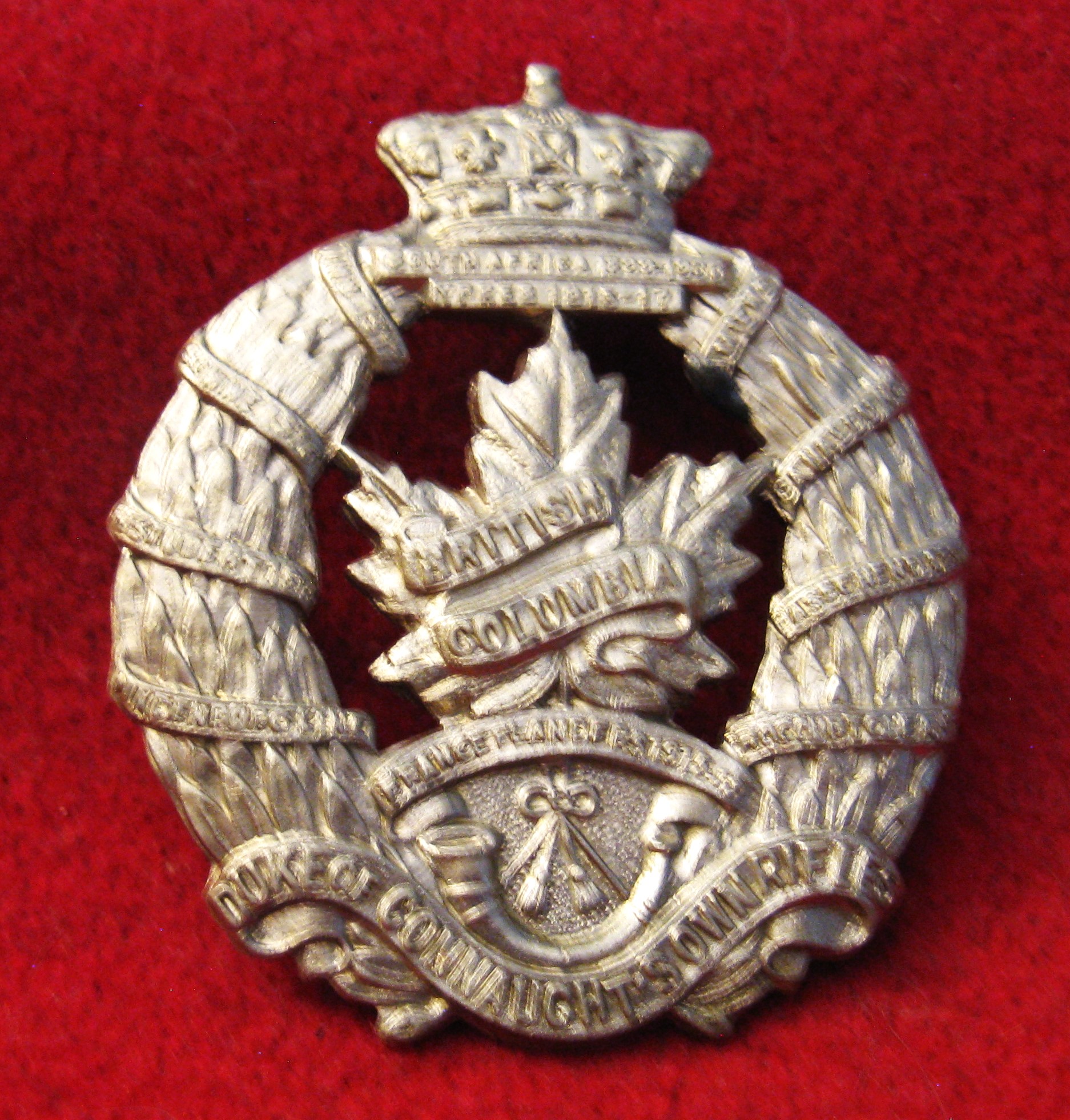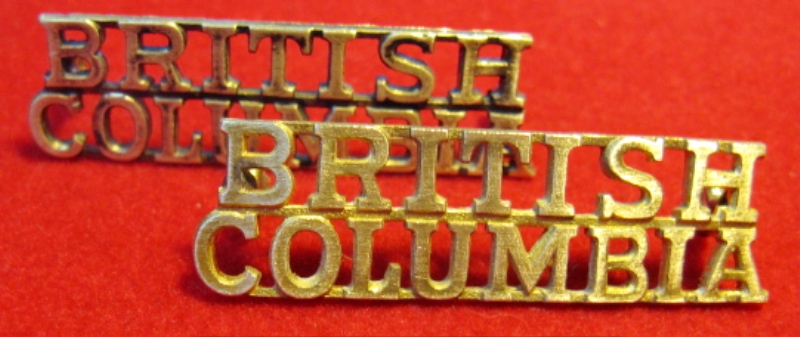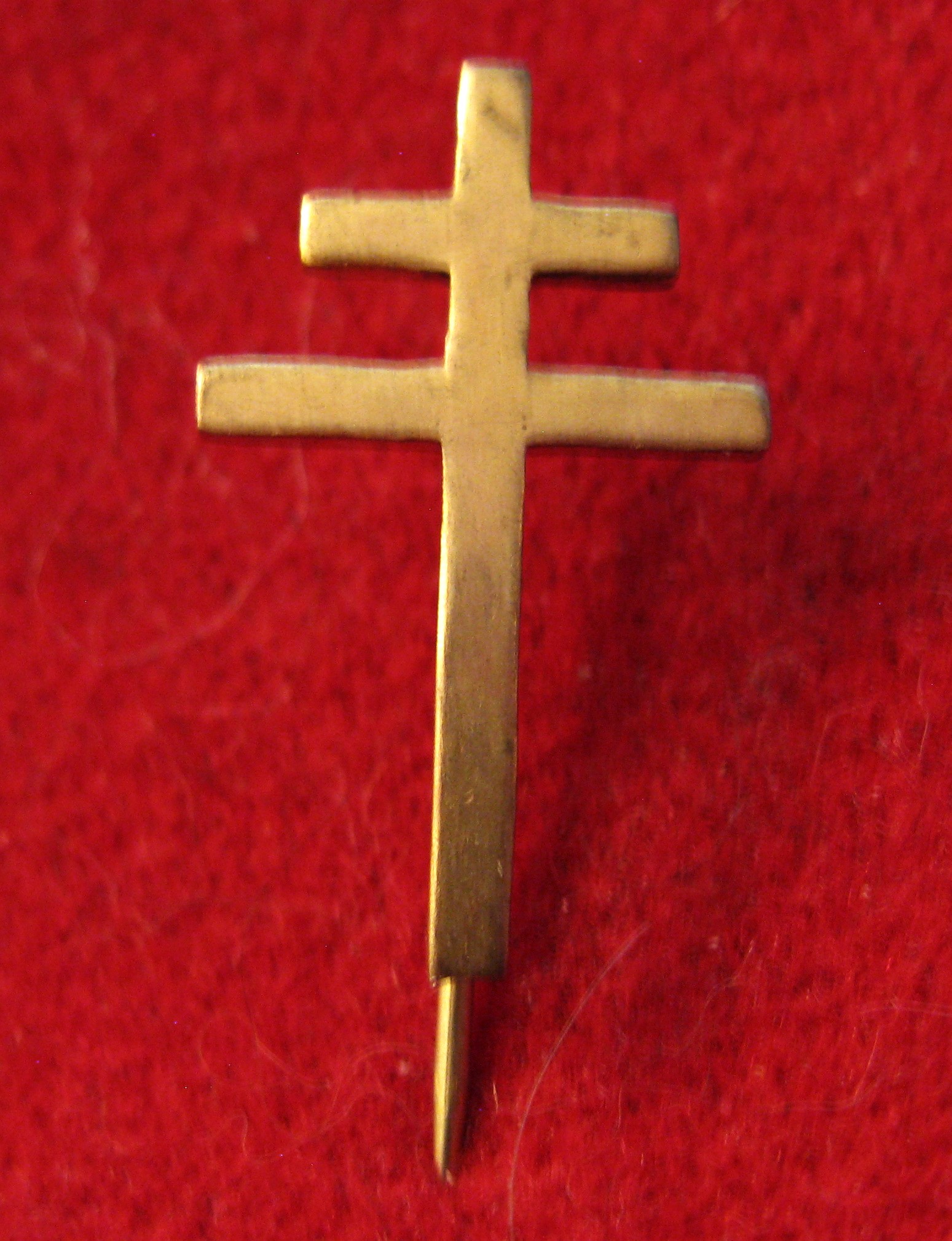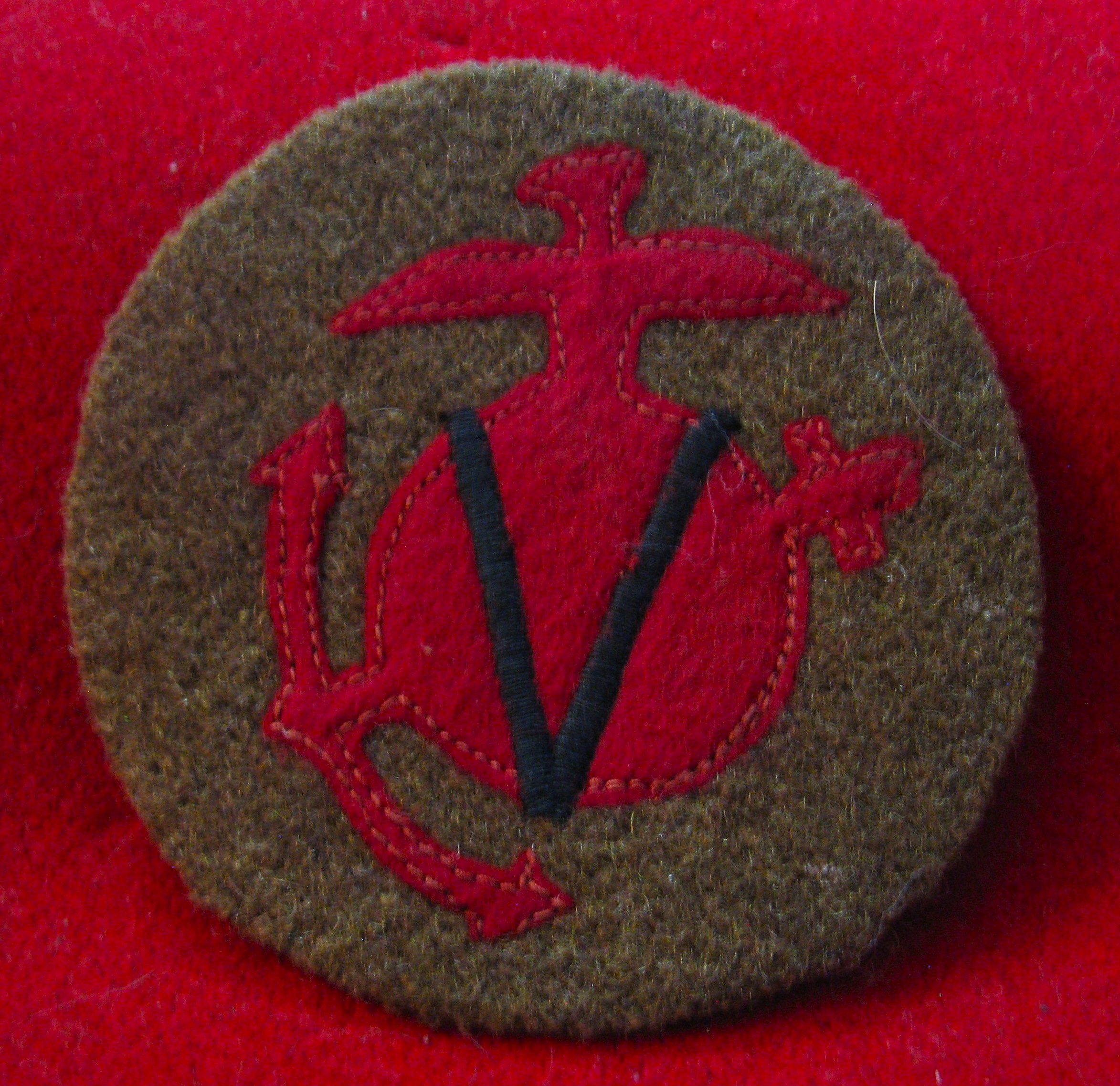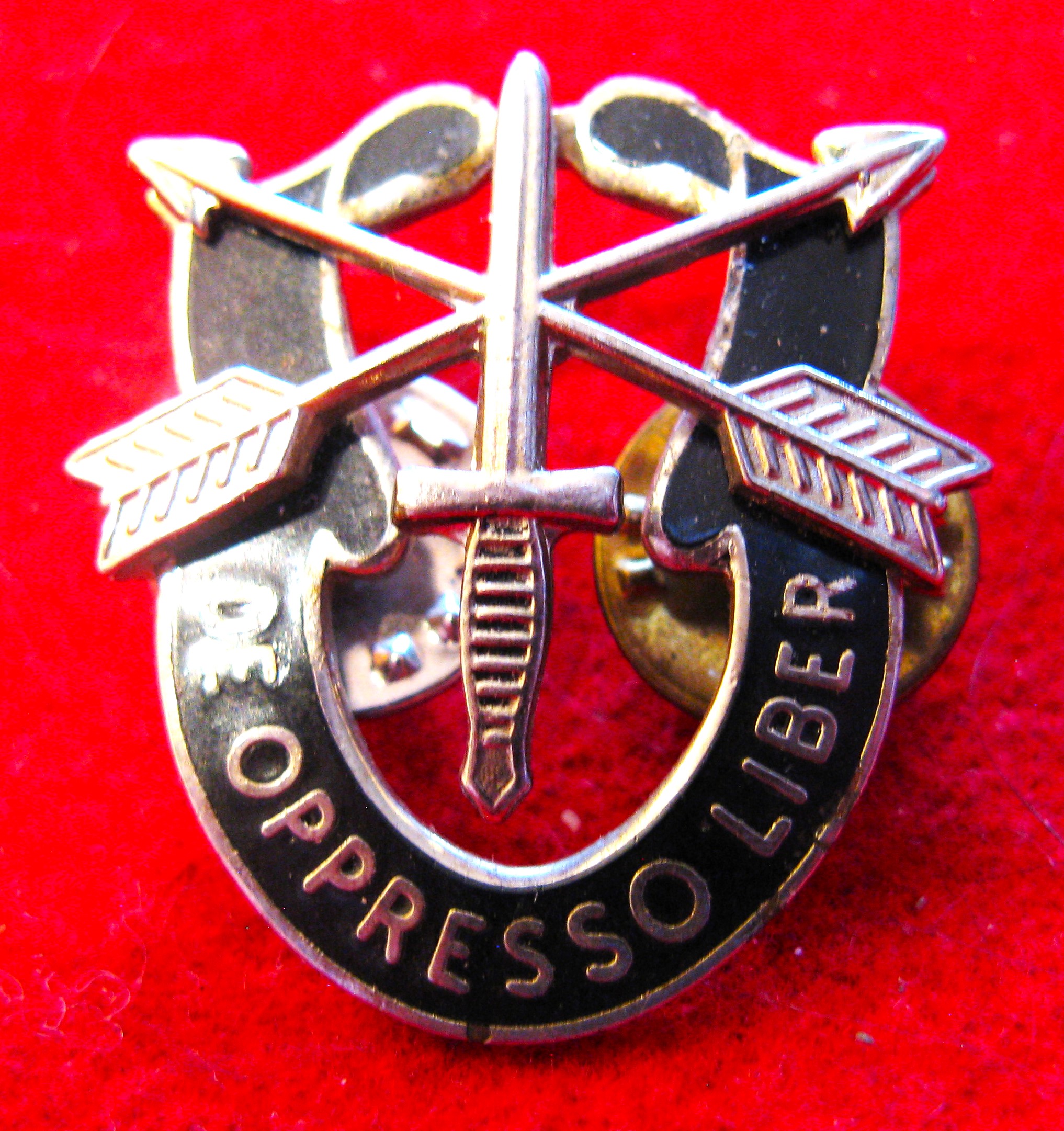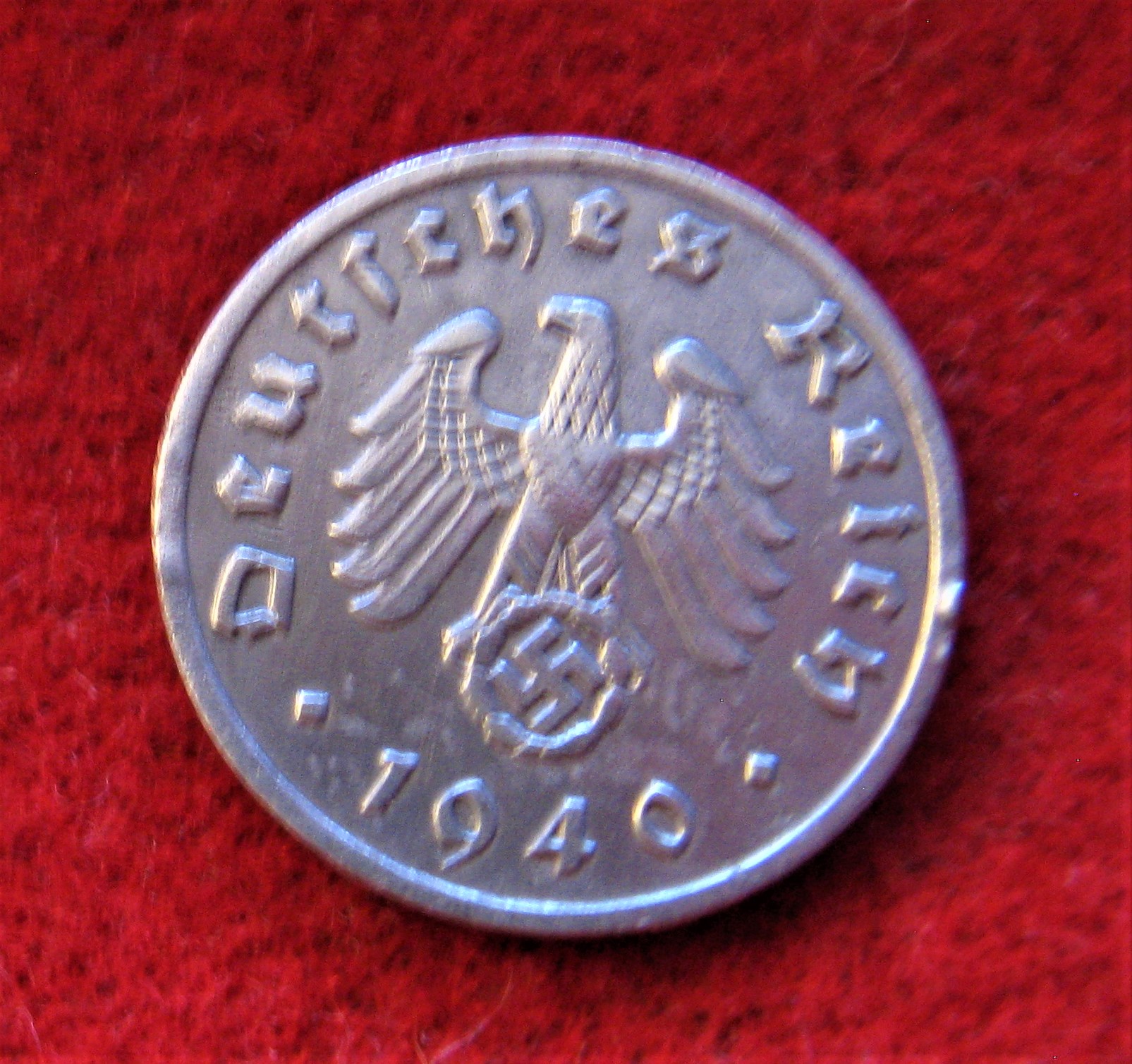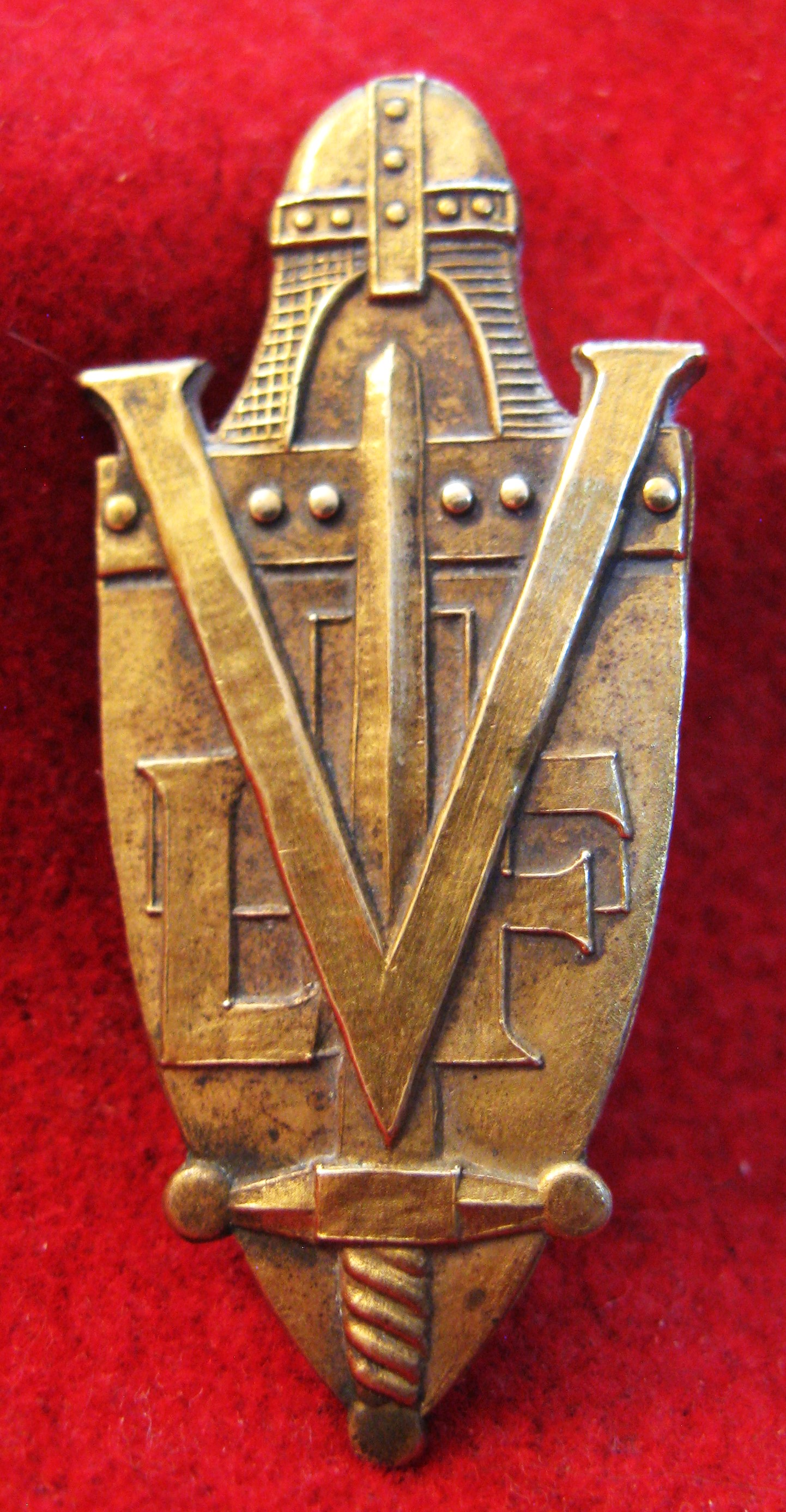WW2 RECCE 8th Reconnaissance Regiment Cap Badge
#00002621
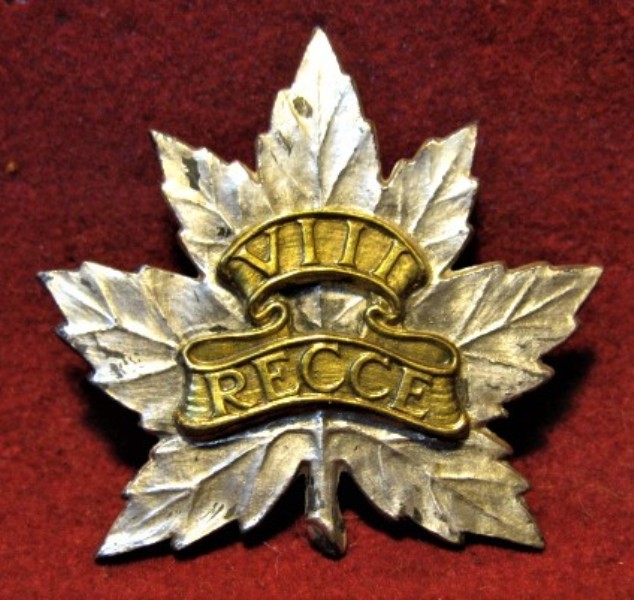
|
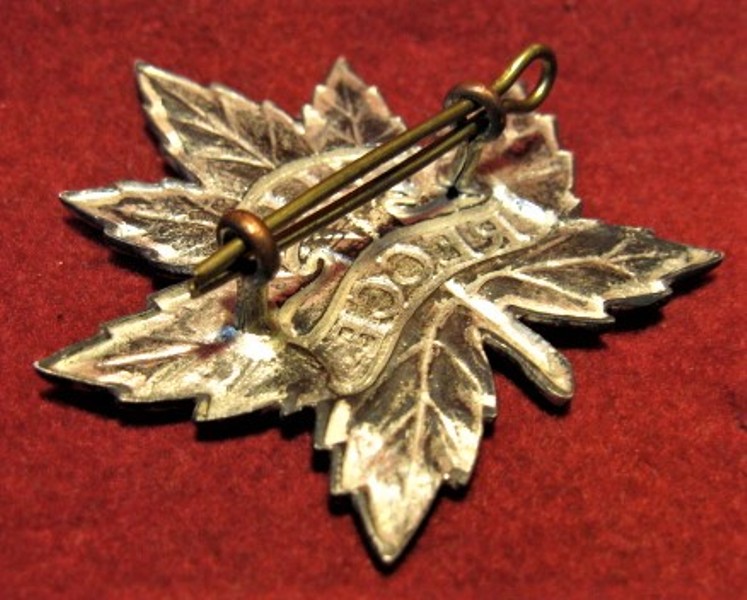
|
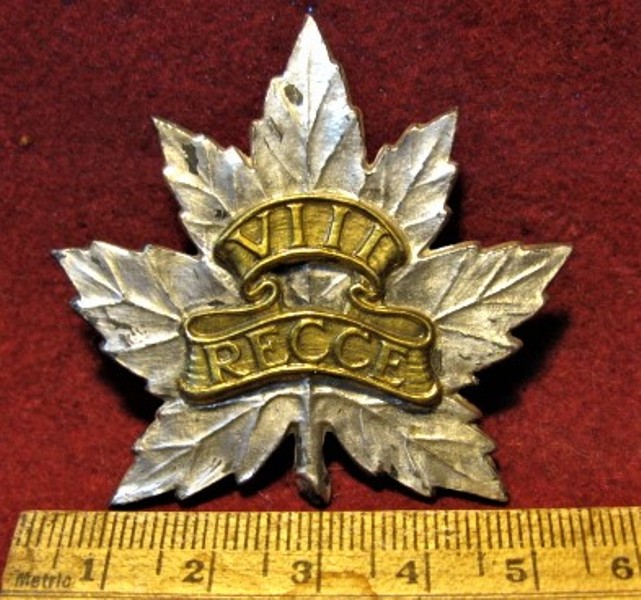
|
| Price: | $799.00 | |
| Shipping: | Canada: $10.00 | International: $10.00 |
| Insurance: | Canada/US: $30.00 | International: $12.00 |
| If insurance is declined the buyer takes all responsibility for damage or loss in shipping. | ||

|
S+H: $22.00 No GST Shipping to United States Change Country | |
Guaranteed original.
On all our products we accept prepaid authorized returns upon notification within 14 days of shipping, for full product refund, if you are not pleased.
For credit card payment in Canadian Funds over the phone: 1-403-262-2397 (11:00 am to 5:00 pm Monday through Saturday - mountain time!) or by email at creidm@gmail.com . Please quote the number at the top of the item page when ordering to avoid confusion.
We will also accept PayPal; using PayPal requires you accept our tracking and insurance offer...click the link above. Note PayPal charges in USD.
Note that you must assume responsibility for loss in shipping if you decline our tracking / insurance offer.
I will happily combine items to save shipping costs if you purchase other items as well...
Some History: The 8th Reconnaissance Regiment (14th Canadian
Hussars), commonly abbreviated to 8 Recce,
VIII Recce or (within the British Army) 8 Canadian Recce, was the reconnaissance arm of the 2nd Canadian Infantry Division during World War II. 8 Recce was formed at Guillemont Barracks, near Aldershot
in southern England, on March 11, 1941, by merging three existing
squadrons within the division. Following the pattern used in the Reconnaissance Corps
of the British Army, 8 Recce was composed of a regimental
headquarters (officially 26 men of all ranks at full strength), one headquarters squadron (222 men of all ranks) and three reconnaissance squadrons identified by the letters 'A', 'B' and 'C'
(191 men each of all ranks). The Headquarters Squadron contained a squadron headquarters (6 men), an administrative troop (44 men), a signal troop (40 men), an anti-aircraft troop (9 men), an anti-tank troop (79 men) and a mortar troop (44 men). The primary mission of 8 Recce was to provide reconnaissance capabilities for the 2nd Canadian Infantry Division. Reconnaissance involves determining the location and
capabilities of enemy units, and providing current information concerning the state of the theatre of operations (e.g., road and bridge conditions, alternative lines of advance). Weak enemy
positions might be attacked if the opportunity arose, but strong-points are generally bypassed and left for assault units to tackle.


